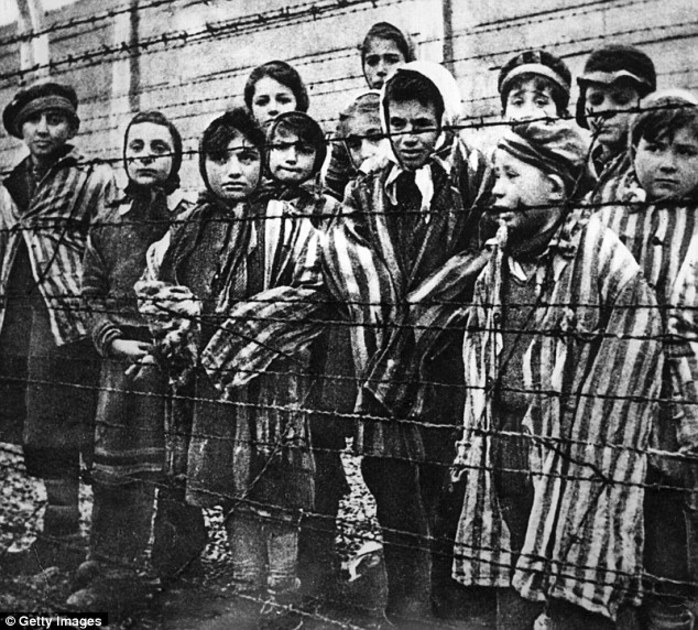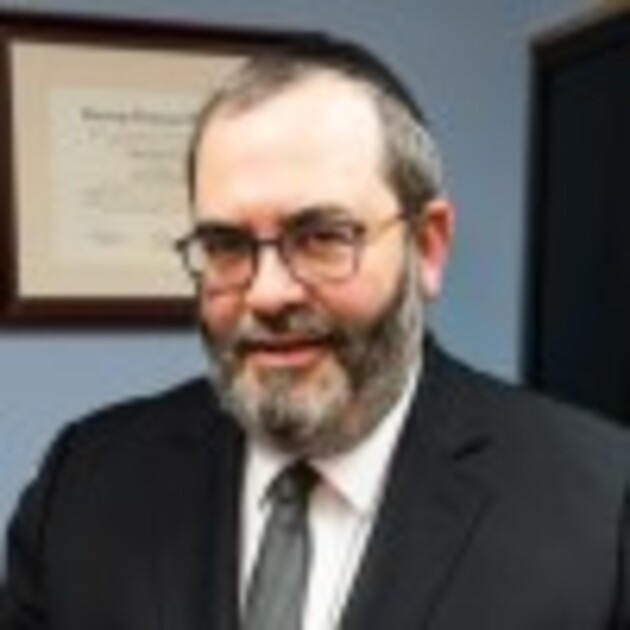
Question: My 5th grade son recently came home from a friend’s house frightened and in tears. He was literally shaking. When I finally managed to calm him down he told me that his friend had been showing him books with pictures of the Holocaust. There were pictures of the mass graves, crematoria, and people being shot and hung. Including little children. My husband and I sat with him for a long time trying to reassure him and calm him down. I also had a serious discussion with this friend’s mother. While the immediate issue has passed I wonder what advice you would give for dealing with such a situation? I also wonder what follow up if any you would recommend.
In a general sense, Gedolei Yisroel have encouraged holocaust education. There are important reasons to expose children to this topic including the importance of understanding Sinas Yisroel (anti-Semitism) as well as an appreciation of the forces that shaped our Kehillos as they stand today. Most of all, it is important to hear of those who maintained spiritual strength despite adversity. The lessons gleaned from hearing stories of those who maintained their Emuna during those horrific times as well as the many Sheairis Hapleita who picked up the pieces and rebuilt beautiful frum families are an important lesson for today’s youth.
While the above is true in a general sense, it is important to know how and when to do so. Fifth graders are not always ready for holocaust education. Although a case can be made that children this age may be ready for some preliminary holocaust education, they are not typically prepared to hear and see horrific details and images, especially children with a softer and anxious temperament. That being said, the reality is that children often do hear information from other sources. Aside from graphic holocaust images, children may be exposed to details and graphic images from more current news events (e.g., murders in Eretz Yisroel, and major terrorist attacks). Such sudden exposure causes children to feel overwhelmed, confused, and scared.
When parents are aware that a child has been exposed to potentially traumatizing stories, they should discuss with him or her. Talking with children about their worries and concerns is the first step to help them feel safe. The following guidelines may be helpful for this discussion and its aftermath.
- Considering that adult’s fears and concerns are usually different than children’s, it is important to listen to children to understand how they understand what they were exposed to. Ask them what questions or concerns they have. Often they have fears based on limited information or misunderstanding. For example, they may have heard of a recent neo-Nazi rally and think that they will likely meet the same fate. Parents should respond to their fears and provide relevant information simply and honestly without providing unnecessary details that may further alarm them.
- Children will likely want to know “why” these things happen. They need to wrap their minds around horrific events that are hard to absorb and seem so unpredictable and overwhelming. The ability to do so requires an understanding of child development in terms of and what they can handle as well as a thorough grounding in Hashkofah. Discuss with those who have relevant experience such as those involved with Project Witness.
- Teach child calming strategies for when they are feeling anxious or stressed. Examples include deep breathing, getting exercise, and listening to music. Encourage them to express their feelings by talking about them, journaling, or drawing. Encourage them also to approach adults for safety and comfort.
- Obtain professional help if necessary. In the short-term, it is normal for children exposed to trauma to experience a range of reactions including fear and sadness, and exhibiting, sleeping, appetite, & concentration difficulties. These symptoms usually disappear within a few months. If you are feeling stuck or if it is not gradually improving, you should consider seeking assistance from a qualified professional.
Originally appeared in Yated Neeman
 Previous
Previous

